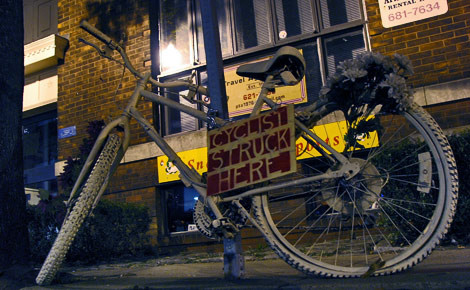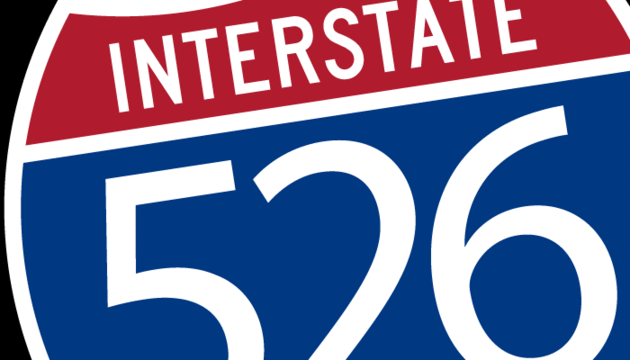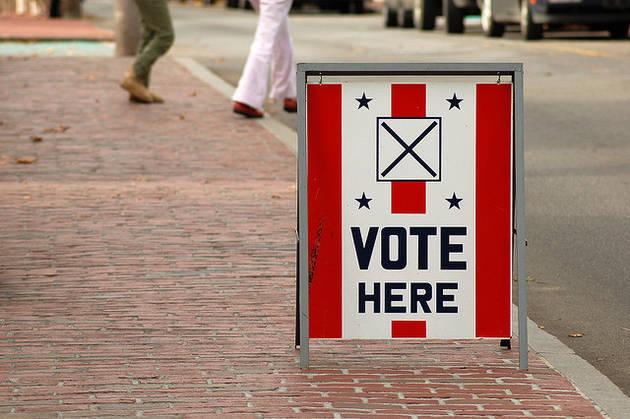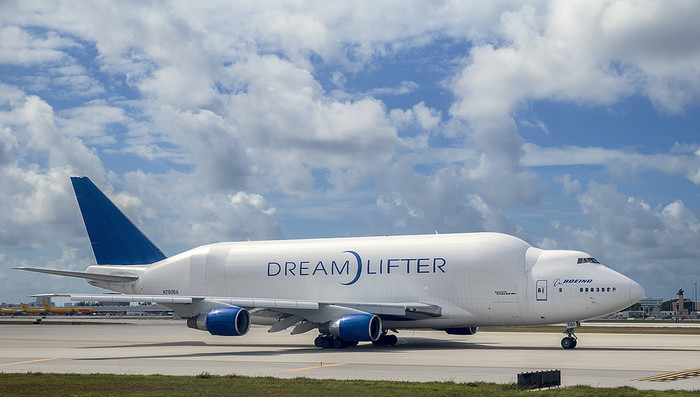
Image by flickr user HryckowianImage by 20080710ghostbike.jpg Charleston area needs to get its act together before we see these Ghost Bikes in town.
To sum it up in a sentence: "Biking in the Charleston region is very difficult, but improving. But there are warning signs."
The Charleston City Paper recently did an excellent write up of where Charleston and South Carolina stand in safely securing passage for bikers. The article's good, if very lengthy (and rightfully so), but the paper never really draws it all together.
So, here's what's been going on:
- A new law aims to protect cyclist from harassment. It offers tougher penalties for yelling, buzzing, or hitting bikers. Read more.
- The plans for Coleman Boulevard in Mount Pleasant could very likely remove parts of existing bike lanes. Read more.
- A new law allows cyclist (amongst other two-wheeled vehicles) to skip red lights if they won't turn. Read more.
- A Charleston bike co-op has been created, hoping to bring awareness, educate bikers, and be a bit of a rallying call. They'll also help you learn how to work on your bike. Read more.
- A new walking and bike path on East Bay helps connect bikes coming off the Cooper River Bridge to downtown, reflecting a general move towards more bike paths in the area. Read more.
- Charleston Moves continues to promote biking as part of the groups overall strategy. Read more.
- Critical Mass bike rides continue in hopes of drawing more awareness of bikers in town. Read more.
- An unsolicited master plan for walkers and bikers in Charleston, is being done by a Clemson master's program student. The one thing we know for sure that's in it for us is his Google Map of bike racks in the area. Read more.
- The plans for Coleman Boulevard in Mount Pleasant could very likely remove parts of existing bike lanes. Read more.
Keep up with bike-related stories in Charleston on out topic page. One really great thing the City Paper offered was a map of existing bike routes and could-be routes. See it here (all the way at the bottom).
In 2003, South Carolina had 12 bicycle fatalities, 2.9 cyclist fatalities per million residents, making it the 7th highest in the and U.S. and 40 percent more than the U.S. average of 2.1.
Being the 7th worst state in the nation is a good call to action.



